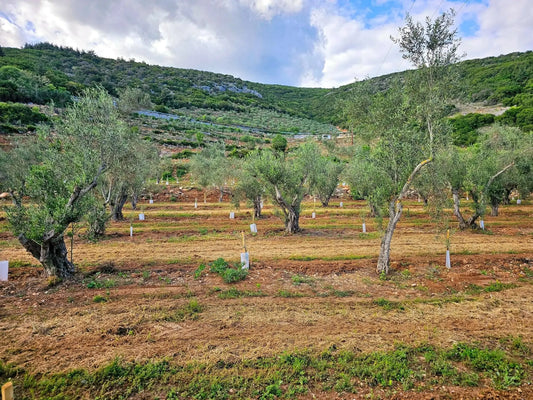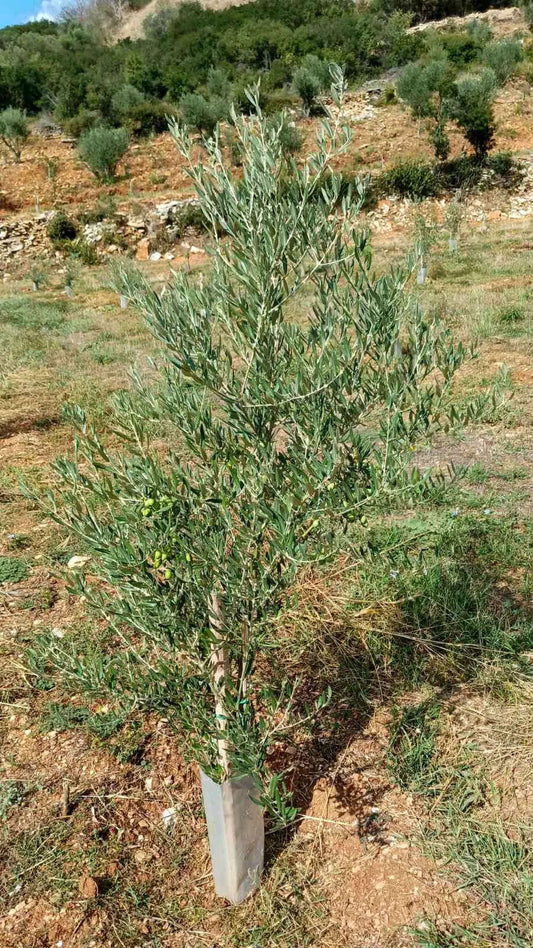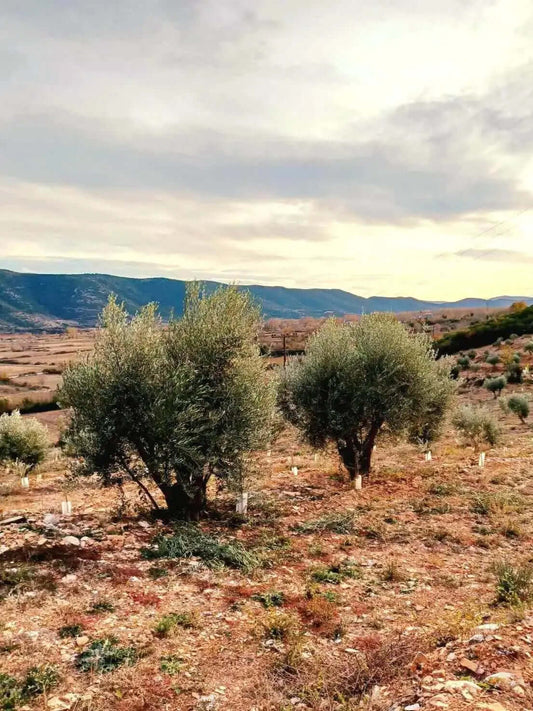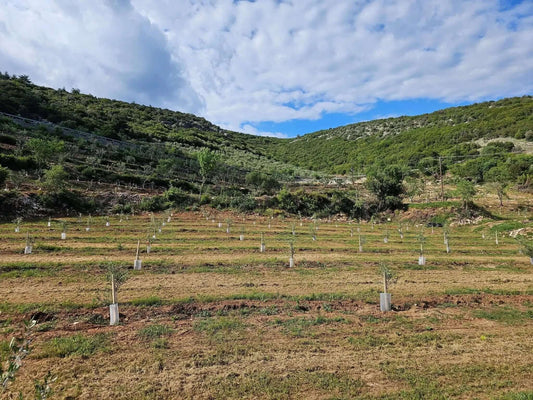Dancing Through Fire: The Anastenaria Ritual of Northern Greece
Share
The History and Cultural Significance of Anastenaria
Every year from May 21 to 23, select villages in northern Greece ignite with spiritual fervor as they celebrate the Anastenaria, a centuries-old firewalking ritual that fuses ancient Dionysian rites with Orthodox Christian devotion. This captivating tradition, still practiced in villages like Agia Eleni, Langadas, and Mavrolefki, offers a rare glimpse into a living heritage where faith, trance, and fire converge.

Origins: From Pagan Flames
The roots of the Anastenaria trace back to ancient Thracian rituals honoring Dionysus, the god of ecstasy and rebirth. Over time, these rites were assimilated into Christian practices, particularly venerating Saints Constantine and Helen, whose feast day falls on May 21. According to legend, during a fire at the church of Saint Constantine in the village of Kosti (now in Bulgaria), villagers heard the saints' voices calling for help.Braving the flames, they rescued the icons unharmed, a miracle that inspired the firewalking tradition.

Cultural Significance and Preservation
The Anastenaria is more than a ritual; it's a testament to the resilience of cultural identity. After the 1923 population exchange between Greece and Turkey, refugees from Eastern Thrace brought this tradition to their new homes in northern Greece, preserving it through generations.
While the ritual has faced scrutiny and attempts at suppression, particularly from religious authorities wary of its pagan origins, it endures as a symbol of syncretism, the blending of ancient and Christian beliefs. Today, the Anastenaria is recognized for its cultural value and continues to captivate both locals and visitors.













